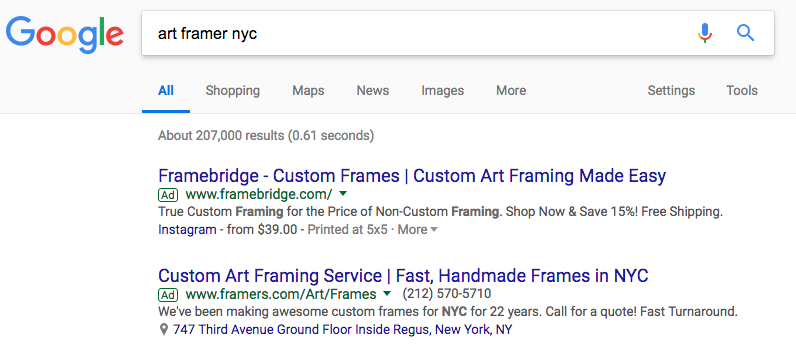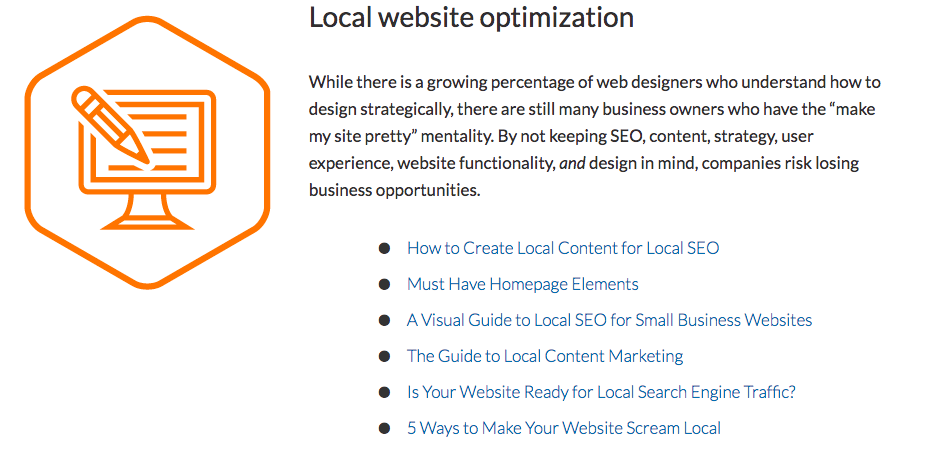Why Storytelling Can Help Your Business’ Bottom Line written by John Jantsch read more at Duct Tape Marketing
When you’re thinking about how to promote your business, it can be tempting to focus solely on your products and services. After all, when you boil any business down to its most essential element it is about getting consumers to purchase the product or service that’s being offered.
But how you reach the end goal of closing that sale is at the heart of any good marketing strategy. And the fact of the matter is, there are a lot of businesses out there that can offer consumers a solution that’s very similar to yours. Plus, with the internet, location is not a barrier in the same way it used to be. So how do you stand out from your global competition?
Storytelling is a great way to build a personal connection with your customers, which is the differentiator that will keep them coming back to you, year after year, rather than turning to your rivals.
It Instantly Establishes a Human Connection
In today’s digital age, it’s now possible to be a long-term customer of a business and never interact with an actual human being at the company. For online giants like Amazon, what keeps people coming back is the fact that their prices are competitive and they have everything you could ever want; Amazon is highly convenient.
As the owner of a smaller business, you’re never going to be able to compete with the likes of an Amazon on those fronts. You need to find another way to stand out. A human connection is the reason someone chooses to buy from a local business rather than the faceless multinational corporate.
When you embrace storytelling that shows off your business’s personality, highlights fun facts about your team members, and makes customers feel like they really know the people behind the brand, that establishes a meaningful, lasting connection. For some tips on how to build a human connection with storytelling, check out this post.
It Helps You Stand Out on Social
So much of online marketing now is about social media. And because the purpose of these platforms is creating connection and telling stories, they’re the perfect place to employ smart storytelling techniques.
This starts by embracing the platform you’re on. Storytelling on you company’s Twitter account will be handled in a very different manner than the storytelling you do on Instagram. Twitter is of course focused on the written word, while Instagram is about telling stories through images. Using these different media to weave together a cohesive story across platforms is another great way to build trust and brand awareness.
When prospects encounter your brand across various social media platforms, but are always met with the same voice and point of view, this establishes your business as trustworthy and authoritative. Plus, when you take the time to actually interact with people—provide direct answers to their questions, react to photos they share that are related to your business, or otherwise undertake personalized engagement—you make your fans feel seen and special.
Once you’ve made a good impression on social, that helps you drive those prospects to your website, where you can hit them with your comprehensive storytelling that’s designed to move them through the customer journey.
It Guides the Customer Through Their Journey
The customer journey is not as clear-cut as it used to be. Because there are a myriad of ways someone can encounter your brand for the first time, it’s trickier for marketers to create a clear path from first interaction through to repeat business and referrals.
However, brand storytelling on your website can help you achieve this goal. Your website is the one asset online where you have complete control of all the content, so take advantage of that. Design your site so that the home page immediately addresses the concerns of your prospects and tells them who you are and why you can help. A short video that shares your mission is a great, bite-sized way to let people know who you are.
From there, you want to structure your website in a logical way that moves customers through the stages of their journey, with storytelling as your guide. The home page is the start of the story: the solution you offer. The next pages should address the middle of the story: how you fix their problem and why you’re the right people for the job. The end of the story is where the prospect reaches out to learn more and become a customer.
It Drives Conversions
Sometimes business owners focus solely on the ultimate conversion: the sale. But in reality, there are multiple conversions all along the customer journey. If a first-time visitor to your website comes back again several days later, that is a conversion. If that person then requests a white paper on a topic of interest, that’s a conversion, too.
Using smart storytelling that’s targeted at prospects and customers based on where they are in their journey, is a great way to drive those conversions.
Think about it this way: let’s say you have a video that covers your company’s origin story. It tells a compelling story, and is great at grabbing the attention of prospects. But this asset is not going to serve you well with those repeat customers who already know your business’s history. They need another story that speaks directly to where they are in their history with your business, and drives them to make the next conversion on their journey (which, for a repeat customer would be to refer you to someone else).
This kind of customer you’d want to greet with another story. Perhaps you create a referral program and pair it with a note that explains why you’re so passionate about sharing your business’s solutions with the friends of your existing customers.
Just like you wouldn’t hand a toddler a copy of Wuthering Heights (or a high schooler a copy of Goodnight Moon, for that matter!), driving conversions is about greeting different people with different stories.
Storytelling is at the heart of any strong marketing strategy. Knowing what your business does best and sharing why you’re passionate about your work is the way to win trust (and customers). Effective storytelling will keep your bottom line healthy and your customers coming back for more.





 Distribution platforms will provide you with analytics, so you’re able to see which content is getting the most traction and can tailor your approach as you learn more about your audience. The greatest downside to these types of platforms is that the content still lives on the margins of web pages. Often located below the site’s content, they look like paid content, which may turn some potential readers off.
Distribution platforms will provide you with analytics, so you’re able to see which content is getting the most traction and can tailor your approach as you learn more about your audience. The greatest downside to these types of platforms is that the content still lives on the margins of web pages. Often located below the site’s content, they look like paid content, which may turn some potential readers off.
